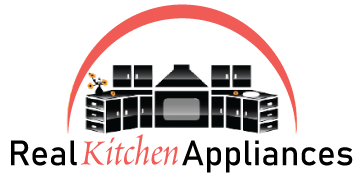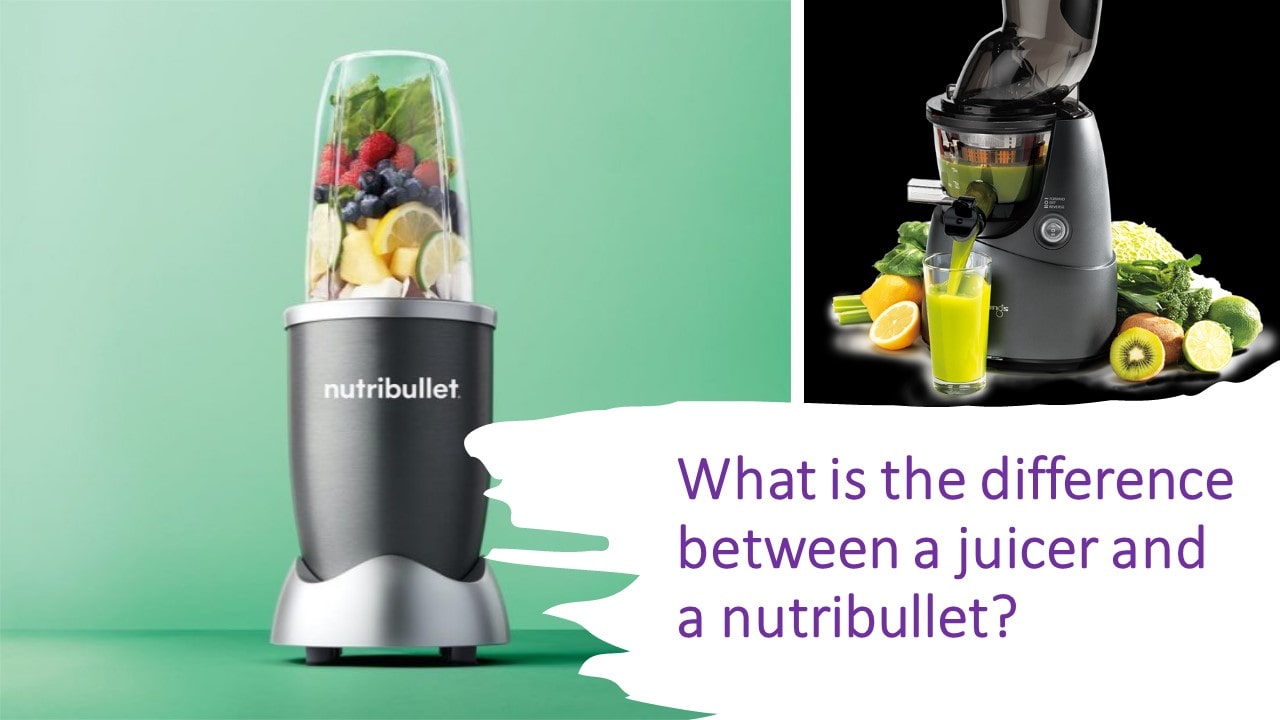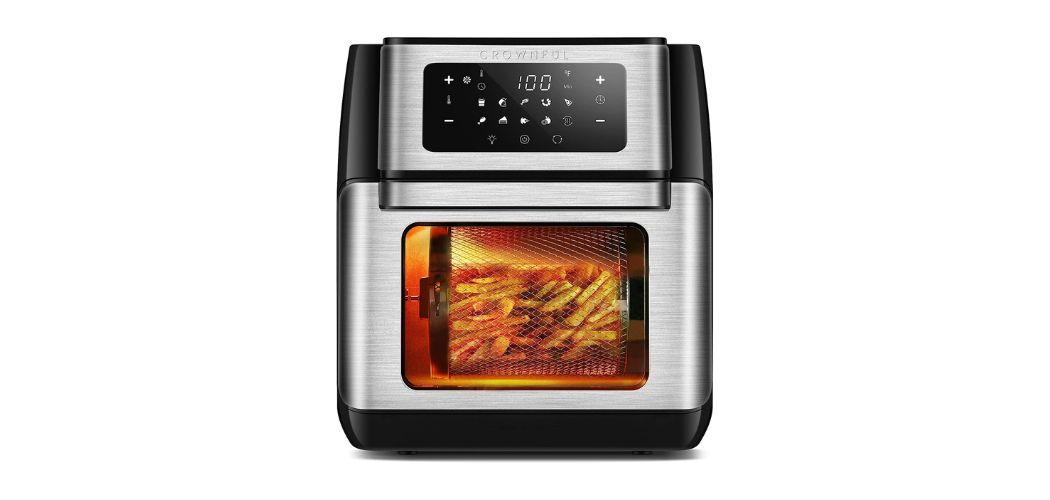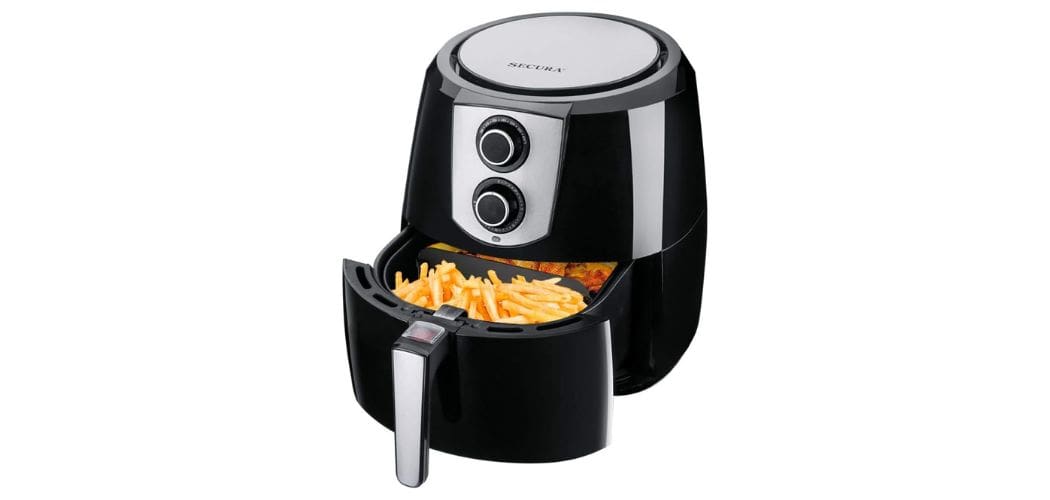Fruit juices are both nutritious and delicious. People who make their fruit shakes or beverages at home increasingly use juicers. However, recently, NutriBullet, a new kind of smoothie blender, is also gaining popularity.
What distinguishes a NutriBullet from a regular juicer? Is the NutriBullet a better choice than regular ones? There are many differences between the two products, and their outputs are also vastly different.
Continue reading to learn more about the two types of juice blenders and pick which is best for you.
Table of Contents
What Is A Juicer?
A juicer is similar to a fruit juice separator in that it extracts the juice and minerals from a food product, resulting in a pure drink with a high nutritional yield, little residue, and very little foam.
The appliance accomplishes it by removing the juice and pulp from whatever you’re juicing.
When you seek juicers from top companies like Philips or Kuvings, you’re going to come across some unfamiliar jargon, so here are the two sorts of juicers you should be aware of and how they work:
Centrifugal Juicer:
The rapid rotating blades of centrifugal juicers ground the food against a mesh screen.
They function by removing the liquid from the fibers, leaving you with a smooth-consistency drink.
They’re terrific budget juicers, but their low price comes at a cost in terms of quality. They don’t create as much juice as others, so you’ll get less amount and quality from your fruit or vegetable.
Masticating Juicer:
Unlike a centrifugal machine, a masticating juicer is distinguished by its slow rotation. They operate by pushing your fruits and vegetables through a membrane filter gently, removing the juice from the fiber.
Since the operation is quiet and it creates no heat, masticating juicers are also known as “cold press juicers” or “slow press juicers.” You’ll have a healthy, fresh-tasting juice that you can keep in the fridge for a few days.
The trade-off is that these juicers are a little more costly and take longer to operate.
What Is A NutriBullet, And How Does It Work?
A NutriBullet is a famous blender brand that specializes in preparing smoothies.
When most consumers hear NutriBullet, they immediately think of the well-known portable blender.
These blenders are ideal for creating one or two smoothie servings at a time.
The NutriBullet chop through your ingredients with a powerful engine and sharp rotors.
Unlike juicers, a NutriBullet does not remove or segregate the juice or fiber; instead, it just combines it all.
NutriBullets are significantly better for thicker mixes like smoothies than juices because of the combining process.
Although they are quicker and simpler to maintain than juicers, don’t anticipate a smooth, water-like texture.
Juicers vs. NutriBullet: A Quick Comparison
| Aspects | Juicer | NutriBullet |
| Basics | Yields solely juice without any pulp. | Shred fruits and vegetables to give thick liquid. |
| Nutrition | Has more vitamins and minerals because of more fruits. | The pulpy liquid contains more fiber. |
| Versatility | Performs only one function of making juice. | Can do multiple tasks. |
| Preparation Time | Takes more time to carry out complicated tasks. | Gives the liquid quickly because of its powerful mechanism. |
| Required Quantity Of Ingredients | Requires more ingredients | Requires fewer ingredients. |
| Size | Occupies more space in your kitchen. | Compact and easy to store. |
| Ease Of Cleaning | Requires more effort in cleaning the waste and pulp. | Easy to clean. |
| Cost | Costs more. | Less expensive. |
What Are The Differences Between A Juicer And A NutriBullet?
- Basic:
A juicer takes the liquid from fruit and vegetables and yields solely the juice. There is no pulp in it, and it is watery. As a result, juice made using a juicer is considerably simpler to swallow and has a superior flavor but no fiber.
The NutriBullet essentially shreds the fruits or veggies before extracting the juice. It also produces a thick liquid comparable to smoothies to conventional fluid. They taste bitter because they include the mush or skin of the veggies and fruits consumed.
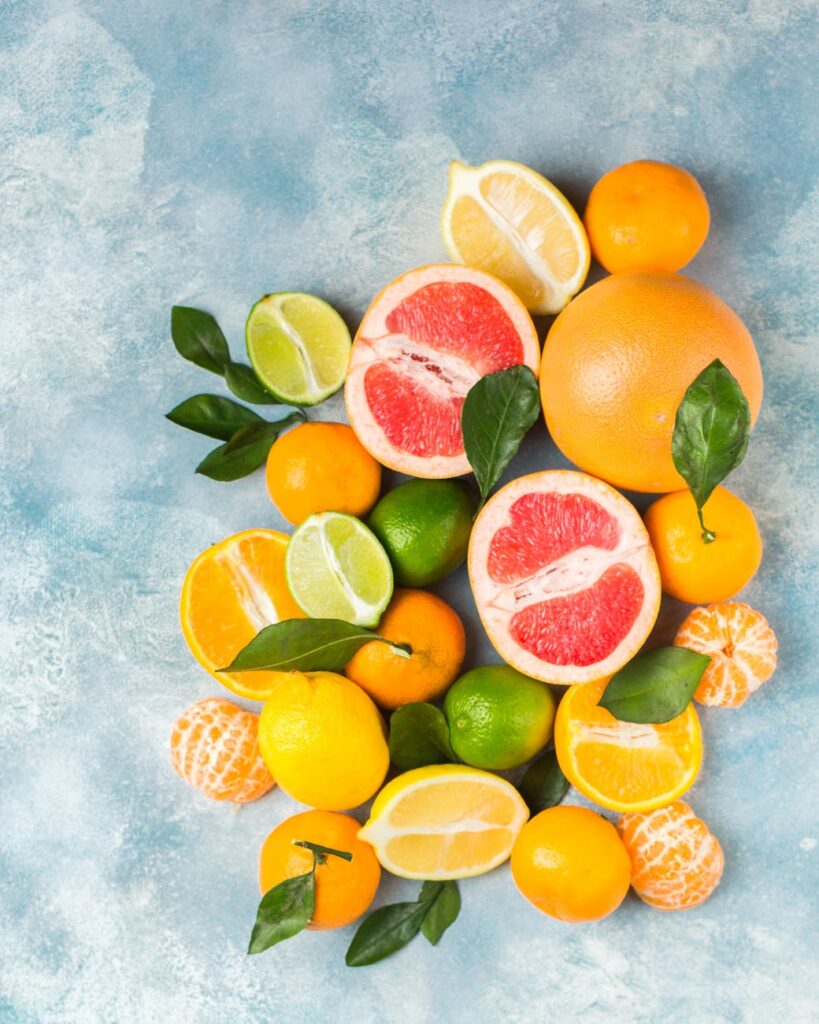
- Nutrition:
A juicer makes juice from more fruits or produce. As a result, juice prepared using a masticating juicer will have more vitamins and minerals in the same bottle.
The NutriBullet resembles a high-powered blender.
It converts entire vegetables and fruit into shakes, thicker than retrieved juice since the pulp gets decomposed along with the liquid.
The pulp has more fiber, which helps you feel full and satisfied, beneficial if you’re trying to lose weight by blending.
- Versatility:
A juicer’s only function is to collect the juice. As a result, it can’t be utilized for anything else.
A NutriBullet is similar to a blender, and it can grind flaxseed and cashews thanks to its strong engine.
In the end, a NutriBullet is a far more adaptable kitchen item to have on hand.
- Preparation Time:
The NutriBullet wins in preparing a juice or shake in the shortest time.

Its strong engine makes it easy to ground fruits and veggies, and the blender jar serves as a cup, cutting down on prep time.
The NutriBullet is perfect for a fast cup of juice. The method used in a juicer, on the other hand, is far more sophisticated. Thus, the fluid takes longer to create.
- Required Quantity Of Ingredients:
Fruits and greens both can be used with the NutriBullet and also the juicer.
The NutriBullet, on the other hand, needs fewer ingredients and you can use whole fruits and vegetables.
To function, the juicer needs a more significant amount of fruits and vegetables, which you must slice up before adding them.
- Size:
Juicers are significantly larger and take up more room in terms of size. If you want to produce juices regularly, set aside a dedicated area on your counter. In comparison, the NutriBullet is substantially smaller.
- Ease Of Cleaning:
The NutriBullet is also simpler to clean and maintain since it makes less of a mess each time you use it. They’re usually dishwasher-safe, which isn’t always the case with juicers.
One downside of employing one is the cleaning procedure. Some juicers leave particles of fruit pulp wedged in confined spaces that are difficult to reach.
- Cost:
While prices vary, certain juicers are generally more costly than most NutriBullet blenders.
NutriBullet Vs. Juicers: Who Should Choose What?
The answer to the question is ultimately determined by your unique likes and inclinations. Both machines can perform their tasks, and they do it effectively.
If you’re keen to make juices every day, you must opt for a juicer. But in case you want to blend ingredients to make thick smoothies or carry out other kitchen tasks, a NutriBullet is ideal for you.
A NutriBullet is easier to wash, mainly since it won’t have any waste left over to deal with. Similarly, a juicer can give you light juice to consume right away, but it lacks the healthful fiber that a NutriBullet gives by reducing the whole fruit.
FAQs:
What Shouldn’t You Put In A NutriBullet?
You can effortlessly mix anything from curries to sauces to smoothies with your NutriBullet Blender, but avoid putting hard frozen items in it.
Fruit smoothies are among the most popular uses for the NutriBullet blender since they are tasty and simple to create.
People often put refrigerated fruits in a NutriBullet mixer, and these frozen fruits may damage and break the sharp edges. Place tough frozen fruits in a bowl of water before mixing, then into your NutriBullet.
Is The NutriBullet A Blender Or A Juicer?
The NutriBullet is a high-powered blender that liquefies foods. On the other hand, a juicer extracts the juices while removing the pulp and debris. It’s called an extractor by NutriBullet since it purports to extract nutrients from fruits and vegetables, but it’s just a blender.
Are NutriBullet Cups Free Of BPA?
Yes, NutriBullet containers are composed of BPA-free, non-toxic plastic. Plastic is now often used in blenders since it survives the strong impact of components in high-speed appliances. Most blender manufacturers utilize Tritan BPA-free polycarbonate as the industry standard.
How Much Should You Spend On A Juicer?
The price of juicers varies greatly, and they can range between $50-$2000 on the basis of brand and features. Centrifugal juicers that are fast tend to cost less than the slower masticating ones. If you are looking for juicers at a reasonable price range then make sure to read our full review.
In Conclusion
A NutriBullet blender differs from a traditional juicer in numerous ways, but it is natural to get confused between the two.
While a juicer can help you get a glass of fresh juice, a NutriBullet is a blender that can do much more than make smoothies for you. The information given above will help you make the right choice regarding your need and want.
